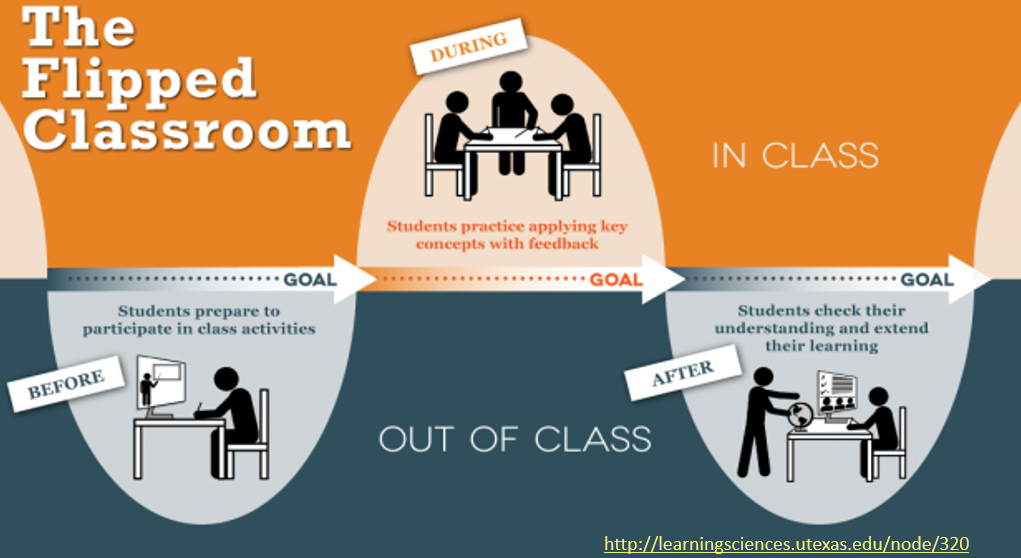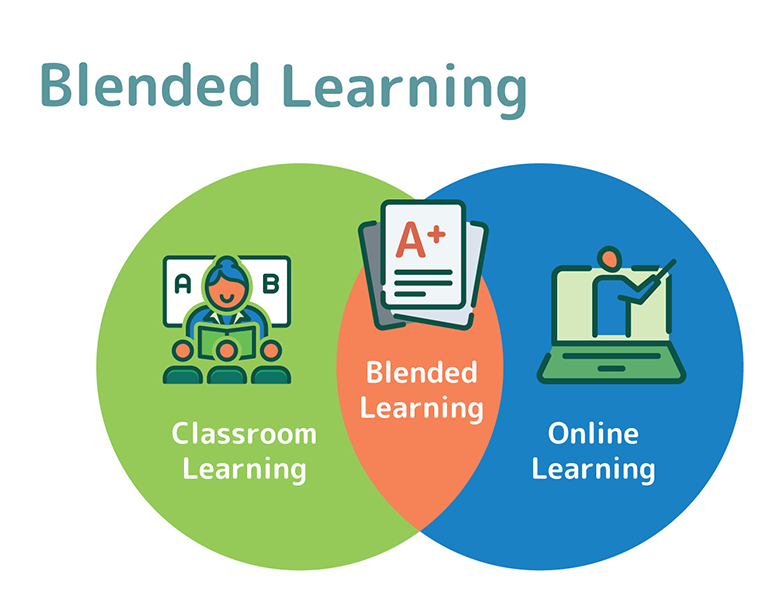Multi-Access Learning / Flipped Learning / Blended are all different ways for students to learn. There are differences between the three, which I will explain below…
Multi-Access Learning
Multi-access learning allows students to synchronously participate in class either in person or online. This explains the term “multi-access” as students have multiple ways to access the course. With this type of learning, students are all able to participate no matter where they are. I find that multi-access learning provides students with flexibility and freedom. Many students want to enroll in courses, however they do not due to the requirement to be face-to-face. Many face-to-face courses have a strict attendance policy which is difficult for many students due to external factors in their personal life. Therefore, multi-access learning creates the opportunity for students to attend class in which ever method they prefer.
The University of Victoria offers multi-access teaching and learning. This can be read more about here, Multi-Access Teaching and Learning | Teach Anywhere (uvic.ca).
Flipped Learning
Flipped learning is a new concept to me, which I find very interesting. With flipped learning, students will teach themselves the course content through videos and resources prior to coming to class. Then, when students are in class, they will practice and implement what they learned. After class, they ensure that they understood what they learned both in and out of the classroom with more independent practice. I find that this is a major shift from traditional education, where the teacher provides direct instructions to the students. Flipped learning gives students more independence in their learning as they are responsible to learn the content prior to coming to class.
The following website explains flipped learning along with the advantages and key components to consider prior to implementing it in your classroom, Flipped Learning | Learning and Teaching Services (LTS) (algonquincollege.com).

Blended Learning
Blended learning is the only one of these three learning concepts that I have experience with as a student. Blended learning combines face-to-face and online learning. This means that students will receive instruction in the classroom and then have the opportunity to complete work and learn online. This combination allows students to learn in a way that is unique to them as they have the course material accessible to them online. In addition to this, students will be able to seek individualized help from the teacher while face-to-face or online. I find that blended learning is beneficial for students who are self-motivated as lots of the coursework is to be completed individually online (depending on the instructor). With this being said, many students are successful with blended learning as students can learn in a variety of ways.

Now that we understand the differences between these different types of learning, I will share a project that I created in my HyFlex course. This HyFlex learning allows me to complete the coursework in a way that is most beneficial to me as a learner, which I really enjoy. Please see below the 3D Design project that I created (a key chain of my name).

I hope you enjoyed learning about the different types of learning as much as I did!
Kyra

Leave a Reply
You must be logged in to post a comment.